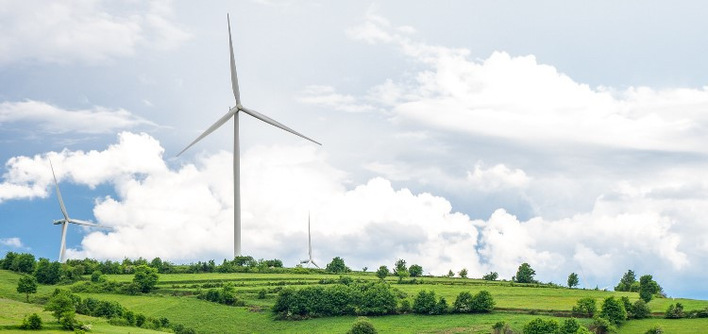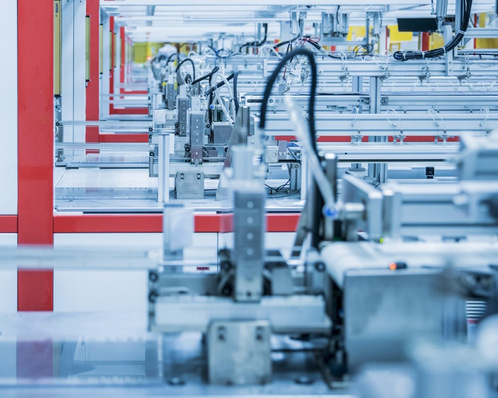Investors from Austria have constructed a 1.2 megawatt solar park in Rafsanjan in the province of Kerman, Iran. The solar panels were provided by Kioto Solar and the power electronics by Fronius. The installation itself was installed by the Kerman-based company Mehrabad. “The collaboration with our Austrian partners went very well,” Mohammad Ali Pouramiri, CEO of Mehrabad Renewable Energy, recalls. He and his team designed and built the solar park in a special economic zone within the span of just a few weeks.
Three partners from Austria
The group of investors connected to KPV Solar in Klagenfurt established a Tehran-based subsidiary, especially to penetrate the Iranian solar market. The installation was put into service as part of a ceremony in late August, in the presence of representatives of the local governments. Furthermore, an investor conference was held.
During a reception at the Austrian Chamber of Commerce, a number of government and economic stakeholders as well as political representatives were gathered together to explore the prospects for photovoltaics in Iran. “We expect that we will in the future be able to finance a number of larger projects together with our Iranian partners,” Gerhard Rabensteiner, one of the two people heading KPV Solar, said. “The Iranians are very keenly interested in photovoltaics – it is almost like preaching to the converted.” One current example is a ten-megawatt solar part also in the region of Rafsanjan. This region has solar irradiation figures that are about two and a half times higher than Germany’s, and 330 sunny days per year. The modules came from Kioto Solar, the inverters from Fronius – both of them Austrian suppliers.
Huge subsidies for electricity
Like Germany, Iran has a population of about 80 million, albeit in an area about five times larger. The country has an excellent power grid, but has to subsidise its low electricity prices with around 80 billion US dollars per year. These funds come from oil revenues, but they are needed elsewhere. In order to now establish a domestic solar sector, these electricity subsidies are to be successively phased out and replaced by specific investments in photovoltaics.
After all, Iran desperately needs power. Since the lifting of the EU sanctions in January 2016, the economy has been growing by about five percent per year. Meeting this increasing electricity demand with nuclear power causes considerable tensions with Israel and the US.
An advantage for European companies
Because the Europeans have been willing to cooperate and decided to uphold the nuclear deal, German and Austrian companies have a very favourable reputation in Iran. For the joint venture with the Iranians, the Austrian partners are using a loan scheme established by the Development Bank of Austria in Vienna that backs the investments even in case of political instability.
In the coming years, the Iranian government plans to install about five gigawatts of PV by getting private investors involved. In 2016 it was about 40 megawatts, by March 2018, this could be 360 megawatts. March traditionally marks the end of the Persian calendar. (Heiko Schwarzburger)
Read more on PV in Iran:
http://www.pveurope.eu/News/Markets-Money/Gateway-Intersolar-Summit-Iran
http://www.pveurope.eu/News/Solar-Generator/Iran-goes-solar-new-PV-plant-in-Rafsanjan-inaugurated
Stay informed, get our newsletter twice a week.
Register here: https://www.pveurope.eu/newsletter







